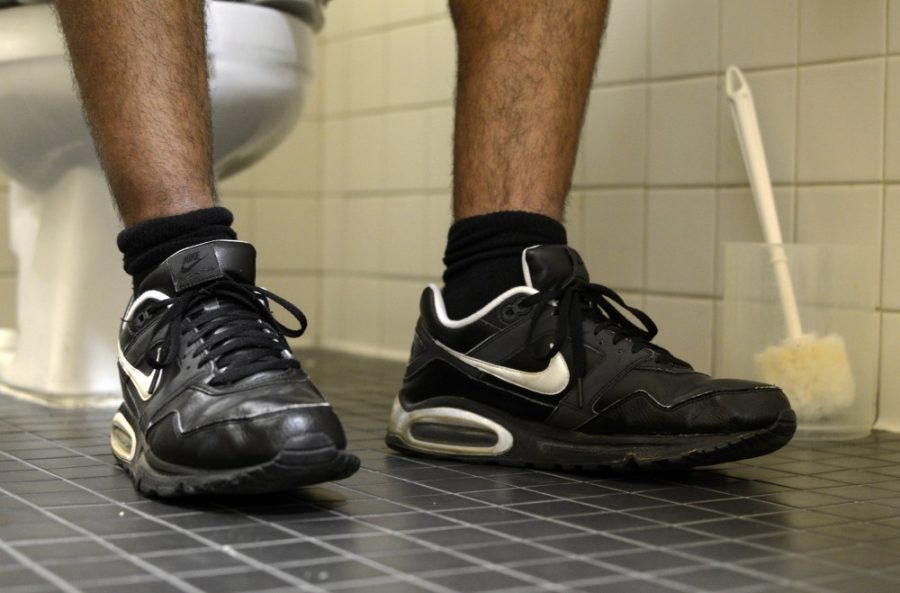Where did you step today? Perhaps you went to class, grabbed lunch at the student union and headed back to your apartment or house. Did you wear your shoes inside? Next time, think twice before you neglect to kick them off at the door, because that cute pair of boots could be a severe illness waiting to happen.
New research conducted by UA professors revealed just how dirty the bottoms of our shoes are. Microbiologist Dr. Charles Gerba collaborated with research specialist Jonathan Sexton to collect information on what really happens when we wear our shoes inside.
They conducted an experiment in which he wore a new pair of shoes for two weeks, and found that within a fortnight, 440,000 units of bacteria attached themselves to the soles.
Throughout the entirety of the research, the team found nine different species of bacteria on the shoes of randomly selected people and were able to determine that the viruses actually thrive better on shoes than toilets.
The entire experiment consisted of three parts. First, the researchers tested 26 shoes that had been worn for three months, and found between 3,600 to 8,000,000 units of bacteria per shoe with the average being 421,000 units, according to Sexton.
For Gerba and Sexton it wasn’t enough to just know how much foreign material we drag in on our shoes, they wanted to know how effectively the bacteria could contaminate other surfaces after people tracked it in.
Sexton said a volunteer donned the shoes and trekked over several uncontaminated floor tiles, with one step per tile. The results, over 90 percent of the time the bacteria transferred directly onto the clean tiles.
The next step was to know how effective washing the shoes could be. Ten new shoes were provided to 10 volunteers that were then worn outside for two weeks. They were then washed using cold water and Tide detergent, which was extremely effective. Researchers saw a 99 percent decrease in bacteria per shoe, according to their research.
The research was several different projects that were Industry-funded.
“We were looking at what germs you have on your shoes—what you pick up throughout the day,” Sexton said. “We were also looking at different types of shoes. Some shoes have antimicrobial material in there, so we were seeing if there was a difference in that.”
He said the research also focused on how far the germs would be traced after being picked up by a certain pair of shoes.
“You think that a lot is already known about germs, but their transmissions and environments are very different,” Sexton said. “Part of the study was to answer how germs were moving and how susceptible some people are.”
He said all of this research contributes to a big picture model of how viruses move and the ways we can protect ourselves from them.
Samantha Amaya, a molecular and cellular biology freshman, said she was shocked to hear these statistics.
“That makes me very scared,” Amaya said. “It’s very alarming that viruses such as those can be tracked into my dorm room on my own shoes.”
She said she definitely won’t be wearing her shoes inside anymore.
Follow Courtney Gallant on Twitter.








